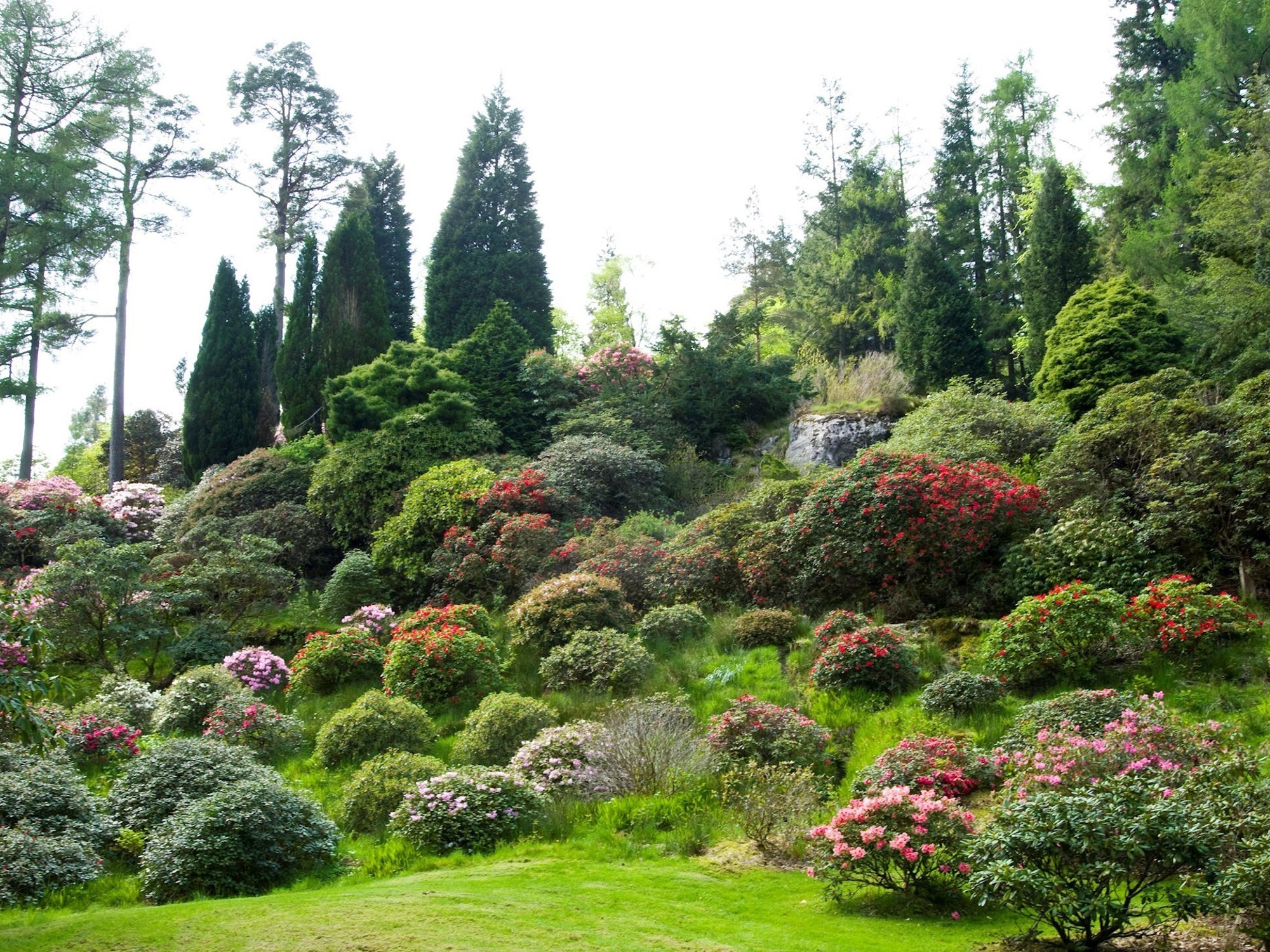Rhododendrons are at the heart of the Royal Botanic Garden Edinburgh. Watch the short film below to see how our world leading Rhododendron collection is used for science, conservation and education.

Rhododendrons: a Unique Collection
Rhododendrons: a Unique Collection
| Time | Description |
| [Caption] Rhododendrons are at the heart of the Royal Botanic Garden Edinburgh. 1,100 species worldwide 819 in our four Gardens. The Botanics has one of the leading Rhododendron collections in the world, used for science, conservation and education. | |
| [David Knott, Curator Living Collection] There are a number of reasons, I think the one significant factor for the Living Collection, is that we have a climate that suits the cultivation of these plants from the high mountains of the Himalaya, and the Sino-Himalayan elsewhere in the world, and also in our glass houses as well. Coupled with the scientific research that the garden has been undertaking for over 100 years, plus our strong connections with particular plant collectors over a long period of time. | |
| [Caption] Vireya rhododendrons flourish in the glasshouses | |
| [Louise Galloway, Glasshouse Supervisor] When we look at how many actual rhododendrons there are, that have been discovered so far, there's over a thousand. The Vireya rhododendrons, make up about a third of that group. And within the Vireya rhododendrons, we have about seventy percent of all known species, here at the garden. I think to have this diversity of plant material, it's created an amazing scientific resource and the Vireya rhododendron collection is used on a worldwide scale for research. | |
| [Caption] George Forrest plant explorer 1873 – 1932 | |
| [David Knott] He was the Indiana Jones of his day. We should be particularly proud that he was a Scotsman, particularly proud that he mounted, or was involved in seven expeditions, to really what was then quite a remote part of South-West China, Yunnan Province. And his very first trip was almost the trip that was his undoing. He was chased by Tibetans, and he was very lucky to escape with his life. | |
| [Caption] Forrest returned with hundreds of rhododendrons which still grow at the Botanics today. The Collection continues to grow and is now one of the richest in the world. | |
| [David Chamberlain, Research Associate] There is a very strong connection between the herbarium and the garden. We do have specimens, some of which I have been involved with through my travels, and the combination of those and plants in the garden, is absolutely crucial to the research that we do. | |
| [Caption] Lilian Snelling 1879-1972, famous botanical artist. | |
| [Jacqui Pestell MBE, Botanical Artist] I think Lilian Snelling really was a remarkable woman. She managed to do the job of really bringing to life these rhododendrons, which were being brought into the country for the first time. Scientific plates which explain a lot, everything about that particular rhododendron. Flower from the front, side, the back, the flower spread out. You have the male part, you have the female, microscopic details which are really important to be able to help the scientists identify exactly which rhododendron it is. There's a real beauty in many of the pieces. The red rhododendron, this one's arboreum, from Nepal, it has such a vibrancy, that red, it's really difficult to paint that colour. So three dimensional, beautiful. | |
| [Caption] The Botanics is rich in knowledge of rhododendrons. | |
| [David Knott] Our work in China is a very good example of our global outreach. And some of the training that we're undertaking overseas, in terms of capacity building, it's very important and very relevant to some of the challenges that mankind faces in the 21st Century. | |
| [Caption] The Botanics leads the global conservation consortium for Rhododendron. |
Shop online
-
Lilian Snelling: the rhododendron and primula drawings
H.J. NoltieConsidered the most important British Botanical artist of the first half of the 20th century, Lilian Snelling (1879-1972) painted many watercolours and drawings of plants at the Royal Botanic Garden Edinburgh between 1918 and 1921 for its then Regius Keeper, Sir Isaac Bayley Balfour. This beautifully illustrated book reproduces her finished artworks and working sketches from that period, along with a detailed history and an introduction that places Snelling’s extraordinary legacy as a botanical artist in context.
£9.99. Available to buy online
Discover more
Botanics Recommends
-
Explore our range of unique gifts and more. Every purchase supports the Garden.
-
Explore our unique venues, suitable for every occasion
-
Discover a range of books inspired by the RBGE's work and collections
-
Cultivate your curiosity with our programme of courses for all ages and interests.
